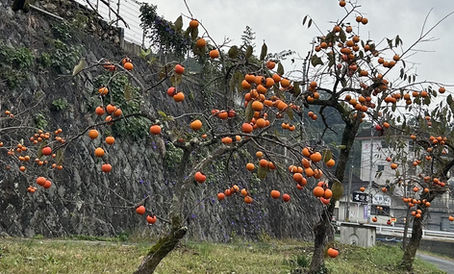There was JR Mansei-bashi Station in the immediate vicinity of JR Akihabara Station.
- Masahisa Takaki

- Mar 31, 2023
- 2 min read
Updated: Oct 13, 2024
This neighborhood of the Mansei-bashi bridge was a hustle and bustle area in the 17th-19th century, with wholesalers and retailers of greenstuffs, rice, fuel and carpenter's tools, being blessed with water transport of the Kanda River. In the Meiji period in the second half of the 19th century, when Western culture flowed into Japan at once, movie theaters, vaudeville halls, restaurants, etc. opened here one after another, and this became the busiest district in Tokyo. Against this background, JR Mansei-bashi Station was built in 1912. Being designed by Tatsuno Kingo, a famous architect whose most well-known masterpiece is Tokyo Station Building in brick, it was equipped with waiting rooms, a restaurant, bar, conference room and elevator. A square ,where streetcars were coming and going, was built in front of this station. However, with the opening of Tokyo Station and Kanda Station followed by Akihabara Station in the immediate vicinity, the number of the passengers decreased, and the luxurious station building was destroyed by fire in the Great Kanto Earthquake in 1923. And the station building was effectively shut down in 1943. As an aside, the police box that stood in front of this station building has been relocated to Mitaka's Edo-Tokyo Tatemono-en open-air museum. In addition, the Railway Museum, which is now in Omiya City, originally stood here till 2006, utilizing the old station building. Mansei-bashi Station, which suffered such a fate, has been transformed into a somewhat stylish shopping mall with retail stores and coffee shops. The coffee shop on the top floor is designed utilizing the former platform, so trains pass right next to it, and it is gaining popularity as a sacred place for train buffs.








Comments